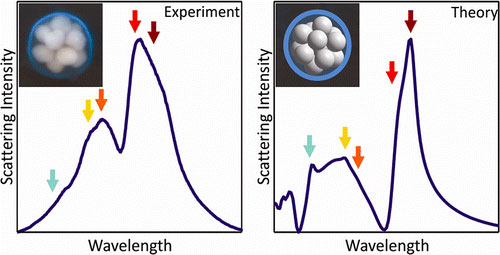| Sep 04, 2013 |
3D plasmonic nanoclusters open up access to a new dimension of optically active materials
|
|
(Nanowerk News) Researchers from Rice University and Nanyang Technological University report nanoparticle clusters that open up access to a new dimension of optically active materials ("Three-Dimensional Plasmonic Nanoclusters").
|
|
Clusters with highly orientation-independent optical properties, such as tetrahedra and icosahedra, could enable polarization-independent and nondirectional negative index media like fluids, free-form solids, and isotropic films.
|
 |
| Researchers show an efficient method for assembling noble metal nanoparticles into stable, three-dimensional (3-D) clusters, whose optical properties can be highly sensitive or remarkably independent of cluster orientation, depending on particle number and cluster geometry. Some of the clusters, such as tetrahedra and icosahedra, could serve as the optical kernels for metafluids, imparting metamaterial optical properties into disordered media such as liquids, glasses, or plastics, free from the requirement of nanostructure orientation. (© American Chemical Society)
|
|
The universality of the fabrication method reported here can extend the use of plasmonic nanoclusters to other regions of the spectrum by incorporating either different materials, for example, aluminum for the UV, or spherical core/shell nanoparticles, for example, nanoshells for the IR.
|
|
These 3D nanoparticle clusters can lead to easily applicable material coating methods, such as aerosols, for the realization of materials with transparency windows at specific frequencies and with constant ratios and linewidths.
|
|
These 3-D structural components can enable electromagnetic characteristics not yet achievable in current types of metamaterials, as well as new approaches to current technological challenges, such as highthroughput chemical and biological sensing.
|

